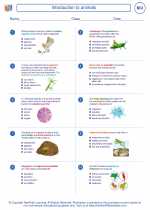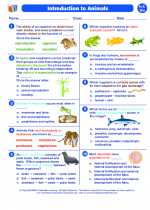Structure of Triglycerides
Triglycerides are composed of a glycerol molecule and three fatty acid chains. The fatty acids can vary in length and degree of saturation, leading to the different types of triglycerides found in the body.Functions of Triglycerides
Triglycerides serve several key functions in the body:- Energy Storage: Triglycerides are the most concentrated form of energy storage in the body, providing a source of fuel for metabolic processes.
- Insulation and Cushioning: Adipose tissue, which is rich in triglycerides, serves as insulation and cushioning for organs and tissues.
- Transportation of Fat-Soluble Vitamins: Triglycerides help transport fat-soluble vitamins (A, D, E, and K) throughout the body.
Metabolism of Triglycerides
Triglycerides are broken down through a process called lipolysis, which involves the release of fatty acids from the glycerol molecule. This process occurs in adipose tissue and provides the body with a source of energy. The fatty acids released during lipolysis can then be used as a fuel source through a process called beta-oxidation.Role in Health and Disease
While triglycerides are essential for normal physiological function, elevated levels of circulating triglycerides (hypertriglyceridemia) can be a risk factor for cardiovascular disease. High triglyceride levels are often associated with other risk factors such as obesity, insulin resistance, and metabolic syndrome.Study Guide
To understand triglycerides in more detail, consider focusing on the following areas:- Structure of triglycerides: Understand the composition of triglycerides and the different types of fatty acids they can contain.
- Functions of triglycerides: Learn about the various roles that triglycerides play in the body, including energy storage and transportation of fat-soluble vitamins.
- Metabolism of triglycerides: Explore the process of lipolysis and beta-oxidation, which are involved in the breakdown and utilization of triglycerides for energy.
- Health implications: Investigate the relationship between triglyceride levels and cardiovascular health, as well as the impact of hypertriglyceridemia on overall well-being.
◂Biology Worksheets and Study Guides High School. Introduction to animals
Worksheet/Answer key Introduction to animals
Introduction to animals  Worksheet/Answer key
Worksheet/Answer key Introduction to animals
Introduction to animals  Worksheet/Answer key
Worksheet/Answer key Introduction to animals
Introduction to animals  Worksheet/Answer key
Worksheet/Answer key Introduction to animals
Introduction to animals  Vocabulary/Answer key
Vocabulary/Answer key Introduction to animals
Introduction to animals  Vocabulary/Answer key
Vocabulary/Answer key Introduction to animals
Introduction to animals  Vocabulary/Answer key
Vocabulary/Answer key Introduction to animals
Introduction to animals 

 Worksheet/Answer key
Worksheet/Answer key
 Worksheet/Answer key
Worksheet/Answer key
 Worksheet/Answer key
Worksheet/Answer key
 Vocabulary/Answer key
Vocabulary/Answer key
 Vocabulary/Answer key
Vocabulary/Answer key
 Vocabulary/Answer key
Vocabulary/Answer key

The resources above cover the following skills:
Concepts of Life Science (SC1, SC2, SC3)
The student demonstrates an understanding of the structure, function, behavior, development, life cycles, and diversity of living organisms by describing the structure-function relationship